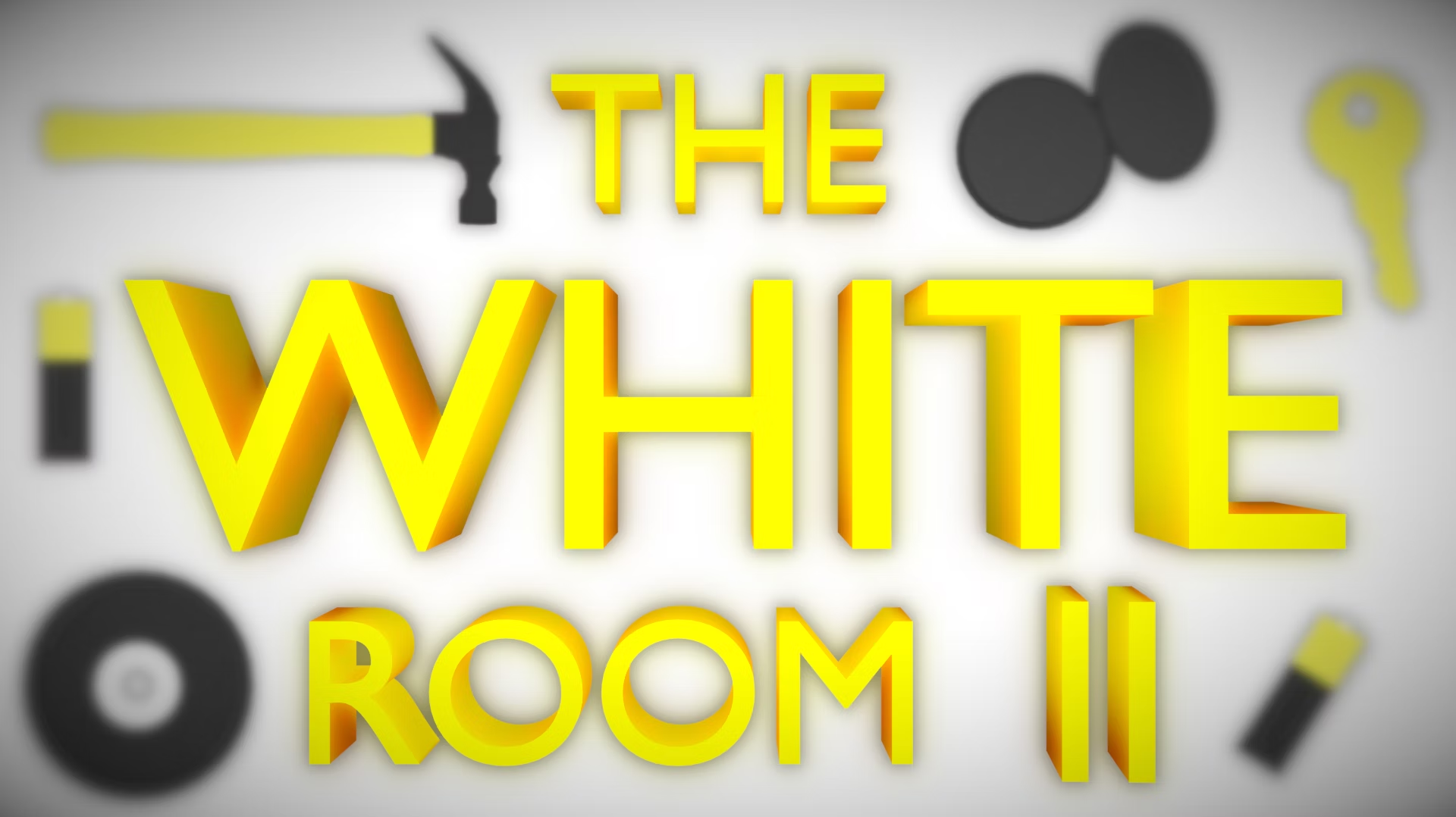Introduction
Released in 2013, The Stanley Parable is an indie game that has garnered a massive following and critical acclaim. Developed by Galactic Cafe, this game is not your typical narrative-driven experience. It presents players with a unique exploration of choice, consequence, and the boundaries of video game storytelling. This article delves into the mechanics, themes, and impact of The Stanley Parable, providing a comprehensive overview for both new players and veterans alike.
What is The Stanley Parable?
The Stanley Parable is a first-person exploration game that challenges the conventions of traditional narrative gameplay. Players assume the role of Stanley, an office worker who discovers that his coworkers have mysteriously vanished. As players navigate the empty office space, they encounter a disembodied narrator who guides them through the story, presenting choices that can lead to various outcomes.
The Game’s Unique Structure
At its core, The Stanley Parable is about the player’s choices. The game is structured around a series of branching paths, each leading to different endings. Players can choose to follow the narrator’s instructions or deviate from them, resulting in a rich tapestry of narrative possibilities. This mechanic forces players to confront the implications of their decisions and the concept of free will in gaming.
Key Themes Explored in The Stanley Parable
The Stanley Parable is not just a game; it’s a commentary on video game design and player agency. Several themes emerge throughout the experience, each prompting deeper reflection on the nature of gaming.
Choice and Free Will
One of the most prominent themes in The Stanley Parable is the illusion of choice. While players are presented with numerous decisions, the game cleverly subverts the concept of free will. Every choice ultimately leads back to a predetermined outcome, challenging players to consider the nature of agency in video games. The narrator often comments on the player’s decisions, emphasizing how their choices may not be as impactful as they seem.
The Nature of Narration
The role of the narrator is crucial in shaping the player’s experience. The disembodied voice serves as both a guide and a critic, often breaking the fourth wall and commenting on the player’s actions. This self-awareness adds a layer of complexity to the narrative, prompting players to question the reliability of the narrator and the structure of storytelling in games.
The Absurdity of Modern Work Culture
The game also explores themes related to the monotony and absurdity of corporate life. Stanley’s mundane office environment serves as a backdrop for a deeper critique of the 9-to-5 grind. As players navigate the sterile office space, they encounter various absurd situations that highlight the meaningless routines many individuals face in their daily lives. This commentary resonates with players, prompting them to reflect on their own experiences in the workforce.
Gameplay Mechanics
While The Stanley Parable is primarily a narrative-driven experience, its gameplay mechanics play a significant role in how players interact with the story.
Exploration and Discovery
The game encourages exploration, rewarding players for deviating from the narrator’s path. Hidden rooms, alternate endings, and humorous Easter eggs await those willing to venture off the beaten track. This sense of discovery enhances the replayability of the game, as players can experiment with different choices to uncover new narrative threads.
Multiple Endings
One of the most compelling aspects of The Stanley Parable is its myriad endings. Each choice players make can lead to a different conclusion, ranging from humorous to profound. Some endings are straightforward, while others require players to navigate intricate paths filled with surprises. This branching narrative structure invites players to replay the game, seeking out all possible outcomes.
Interaction with the Environment
Players can interact with various objects in the environment, further enriching the gameplay experience. These interactions often lead to humorous moments and unexpected consequences, reinforcing the game’s absurdist themes. Whether it’s pushing buttons, opening doors, or flipping switches, the environment is filled with opportunities for player engagement.
The Art and Sound Design
The Stanley Parable features a minimalist aesthetic that complements its themes. The sterile office environment is rendered in simple graphics, allowing players to focus on the narrative without distractions. The design choice reflects the monotony of office life, further enhancing the game’s commentary on modern work culture.
Soundtrack and Voice Acting
The sound design in The Stanley Parable plays a pivotal role in creating an immersive atmosphere. The narrator’s voice, delivered with dry humor and charisma, is central to the experience. The soundtrack features ambient music that heightens the emotional impact of various moments, from comedic interludes to more poignant scenes.
The Impact of The Stanley Parable
Since its release, The Stanley Parable has left a lasting mark on the gaming landscape. Its innovative approach to storytelling and player agency has inspired countless other games to explore similar themes.
Influence on Indie Game Development
The game’s success has opened doors for indie developers to experiment with narrative-driven gameplay. Its unique blend of humor, existentialism, and player choice has paved the way for other titles that prioritize storytelling and player agency, showcasing the potential of indie games in a market dominated by larger studios.
A Cultural Phenomenon
The Stanley Parable has transcended the realm of gaming to become a cultural phenomenon. It has inspired numerous memes, discussions, and analyses, with players dissecting its themes and mechanics in forums and video essays. The game’s exploration of choice and consequence has sparked conversations about the nature of gaming itself, prompting players to question their relationship with interactive narratives.
Conclusion
The Stanley Parable is a masterclass in narrative design, offering players a unique exploration of choice, consequence, and the absurdity of modern life. Through its innovative mechanics, compelling themes, and engaging storytelling, it challenges the conventions of traditional gaming. The game’s impact on the indie game development scene and its status as a cultural phenomenon highlight its significance in the industry.
As players continue to navigate the intricacies of Stanley’s world, they are reminded of the importance of choice—both in gaming and in life. Whether you’re a seasoned player or a newcomer, The Stanley Parable promises a thought-provoking experience that lingers long after the game is over.


